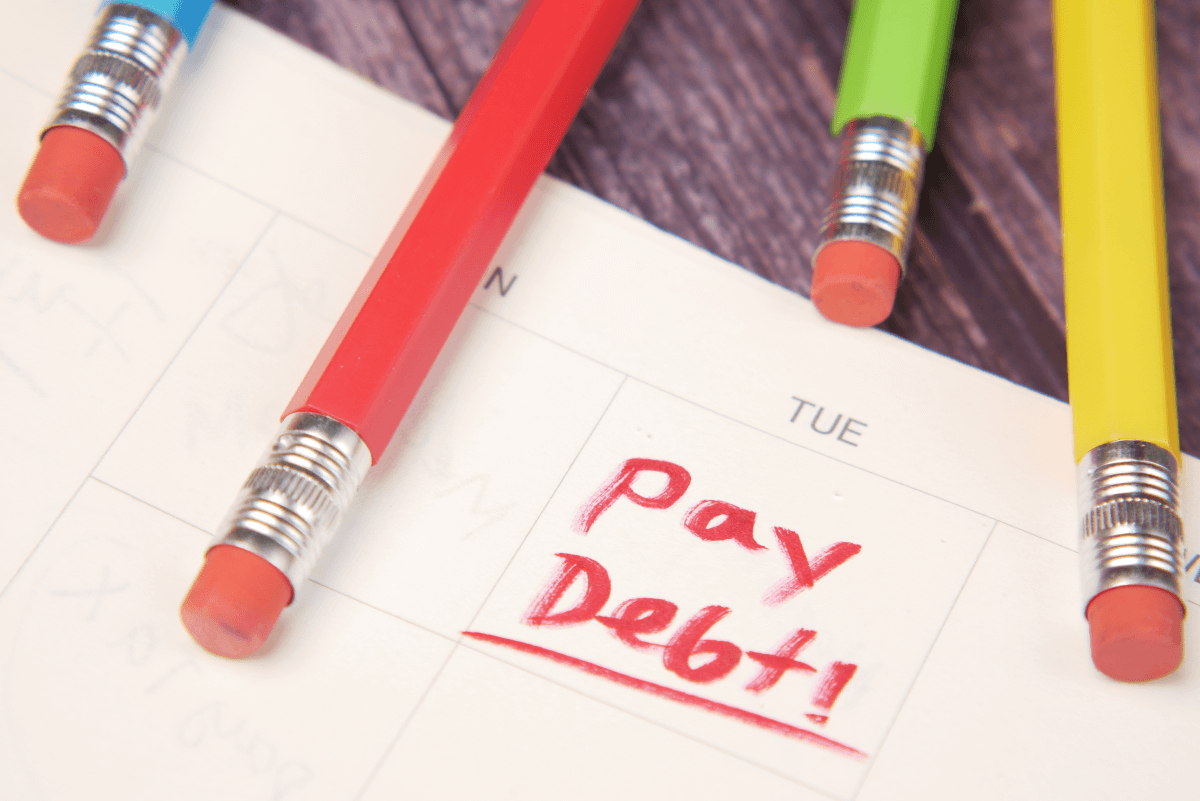The Australian Taxation Office (ATO) is owed more than $35 billion dollars, making it Australia’s largest creditor for most businesses and individuals. What is most concerning is that this is rising at a rate of just under 10% each year.
There are a number of important reasons why the ATO debt that you or your business may be carrying should be the first debt that you focus on. Firstly, the ATO has powers greater than other creditors. Overdue tax is subject to penalty interest rates that are higher than standard bank interest. The ATO has a general policy of proceeding to bankruptcy for individuals with a tax debt exceeding $5,000. This is done to ensure that they get paid, by passing the responsibility and power to the trustee in bankruptcy to find any assets.
So what can you do to make sure that you are on top of your ATO debt? Here are our Top 4 tips...
1. Payment Arrangements
The ATO offer flexible payment arrangements to allow you to pay debts off over a set period of time. In 2014, they entered into 750,000 payment arrangements. This can ensure that you are paying off the debt at a rate that is sustainable to you and help you regain control of your cashflow.
It is important that you are realistic about the amount that you can pay as the ATO is not forgiving of failure to pay these instalments. There is also a small fee that is applied to these payments, but if it allows a business to continue operating by freeing up cashflow this may be a necessary evil.
2. Understand your exposure to a garnishee notice
A garnishee notice is where the ATO requests that your bank or debtors pay the ATO instead of you. The ATO usually holds your bank account details making it easy to issue a notice to the bank to withdraw funds directly from your bank account. The can include current funds, future deposits to your account and also allows them to draw down on an overdraft that you have.
However, it can also request that your debtors pay them directly instead of you. This can be an issue for business, as you probably don’t want your clients and partners knowing that you have an unresolved issue with the ATO. This could affect future business relationships and confidence in your services.
3. Seek Professional Advice
Don’t delay seeking advice from your external accountants. They can help you work through issues, and communicate with the ATO. Often the earlier that you speak to your accountant the more likely you are to prevent legal or insolvency issues. They can help you negotiate with the ATO as they are very experienced in these matters and understand how to get the best outcome for the business and for the ATO.
Your accountant can also help you work on any cash flow problems that might have caused this debt to arise in the first place!
4. Cash Flow Management
If you have an existing payment plan, you don’t want one payment plan to roll into the next. At some point you need to get ahead of the game. Ensuring that you are putting money away each month for future PAYG, GST and tax is important. Your accountant can help you put together a cash flow plan to assist with this.
The ATO is happy to work with individuals and businesses to help them manage their cashflow and set realistic payment plans. However, if you don’t follow through on your arrangement or you fail to contact them when you are in trouble the consequences can be extreme and swift. While it is a good idea not to get into a debt with the ATO, the reality is that sometimes this is unavoidable. The key is to be proactive and realistic in your approach.
If you need help to take control of your ATO debt, speak to our team today.
This article is intended to provide general information only, and is not to be regarded as legal or financial advice. The content is based on current facts, circumstances, and assumptions, and its accuracy may be affected by changes in laws, regulations, or market conditions. Accordingly, neither Azure Group Pty Ltd nor any member or employee of Azure Group or associated entities, undertakes responsibility arising in any way whatsoever to any persons in respect of this alert or any error or omissions herein, arising through negligence or otherwise howsoever caused. Readers are advised to consult with qualified professionals for advice specific to their situation before taking any action.








Comment